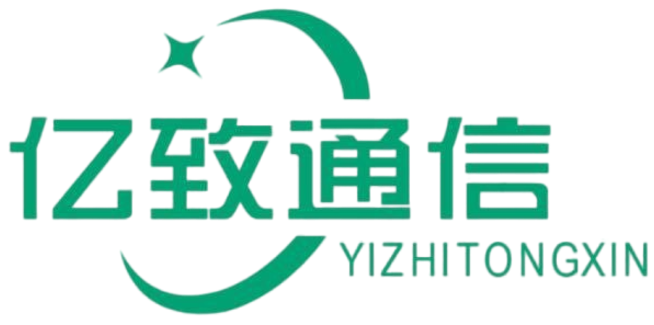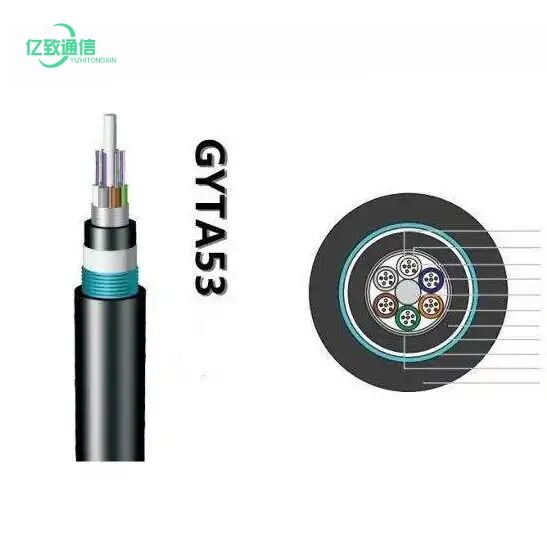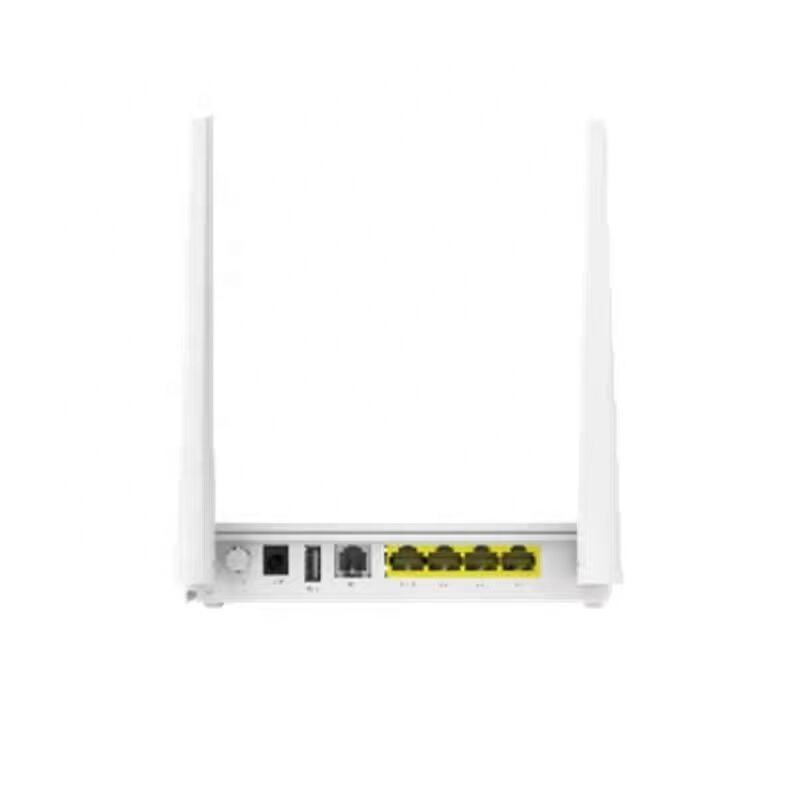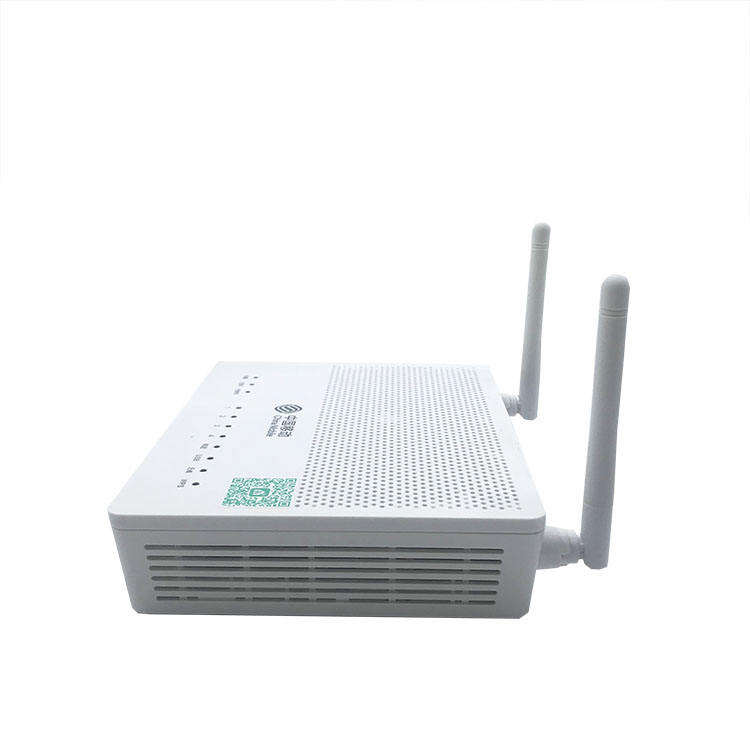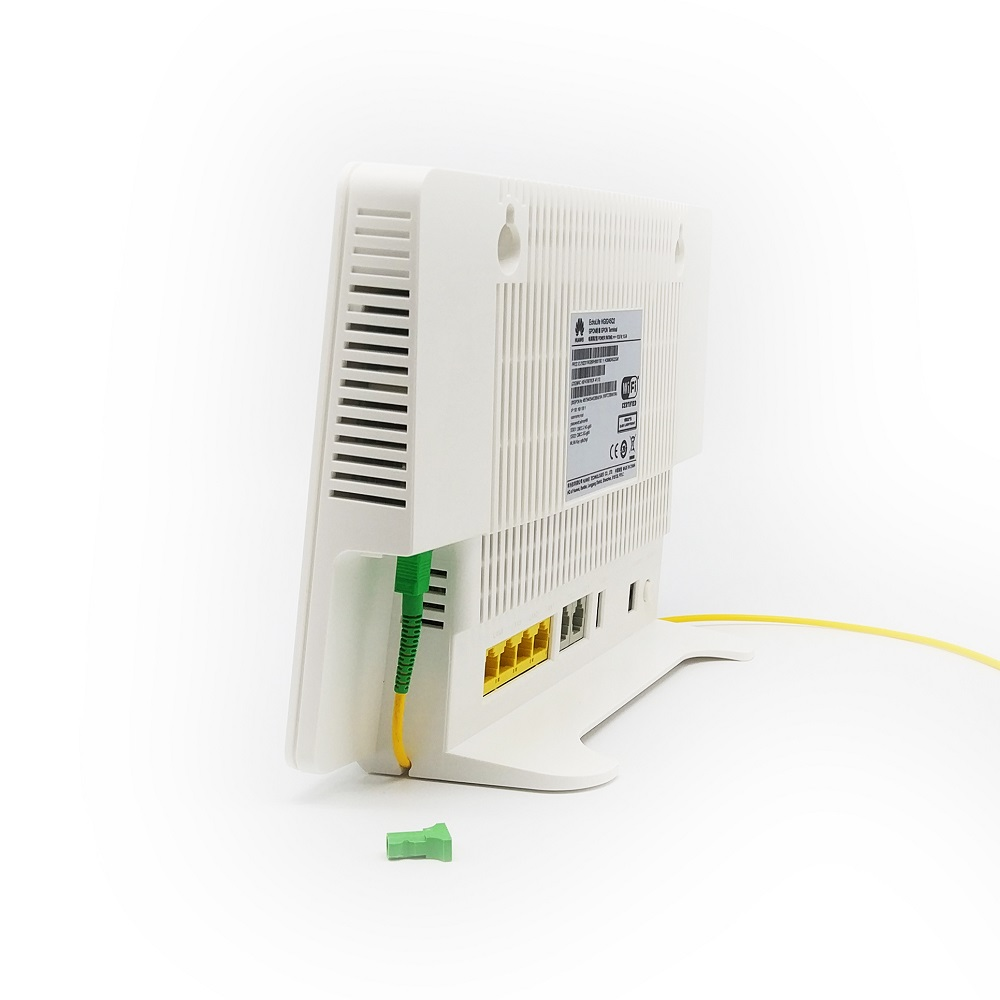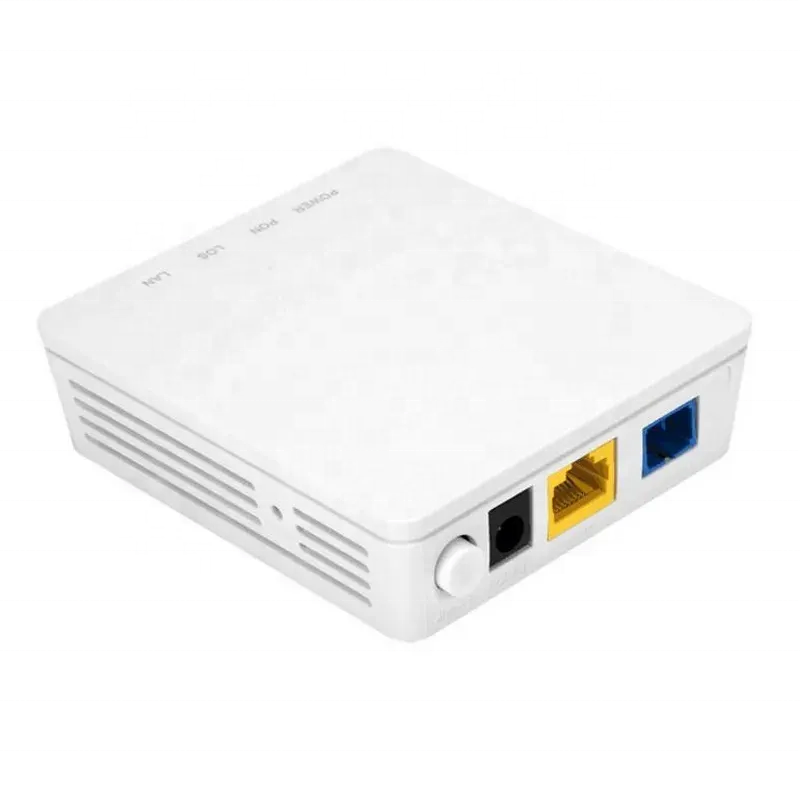ofc fiber cable
Optical Fiber Cable (OFC) represents a groundbreaking advancement in telecommunications infrastructure, serving as the backbone of modern digital communications. This sophisticated technology utilizes hair-thin glass or plastic fibers to transmit data through pulses of light, offering unprecedented speed and reliability in data transmission. The cable's structure consists of a core, cladding, and protective outer jacket, each playing a crucial role in maintaining signal integrity. The core, typically made of pure glass or plastic, acts as the primary pathway for light signals, while the cladding prevents signal loss through total internal reflection. The protective jacket shields the delicate internal components from physical damage and environmental factors. OFC cables are capable of transmitting data over long distances with minimal signal degradation, making them ideal for both short-range and long-haul communications. Their impressive bandwidth capacity allows for simultaneous transmission of multiple data streams, supporting various applications from high-speed internet connectivity to complex telecommunications networks. These cables have revolutionized global communications by enabling faster, more reliable data transfer while maintaining signal quality over extended distances.
